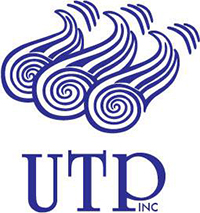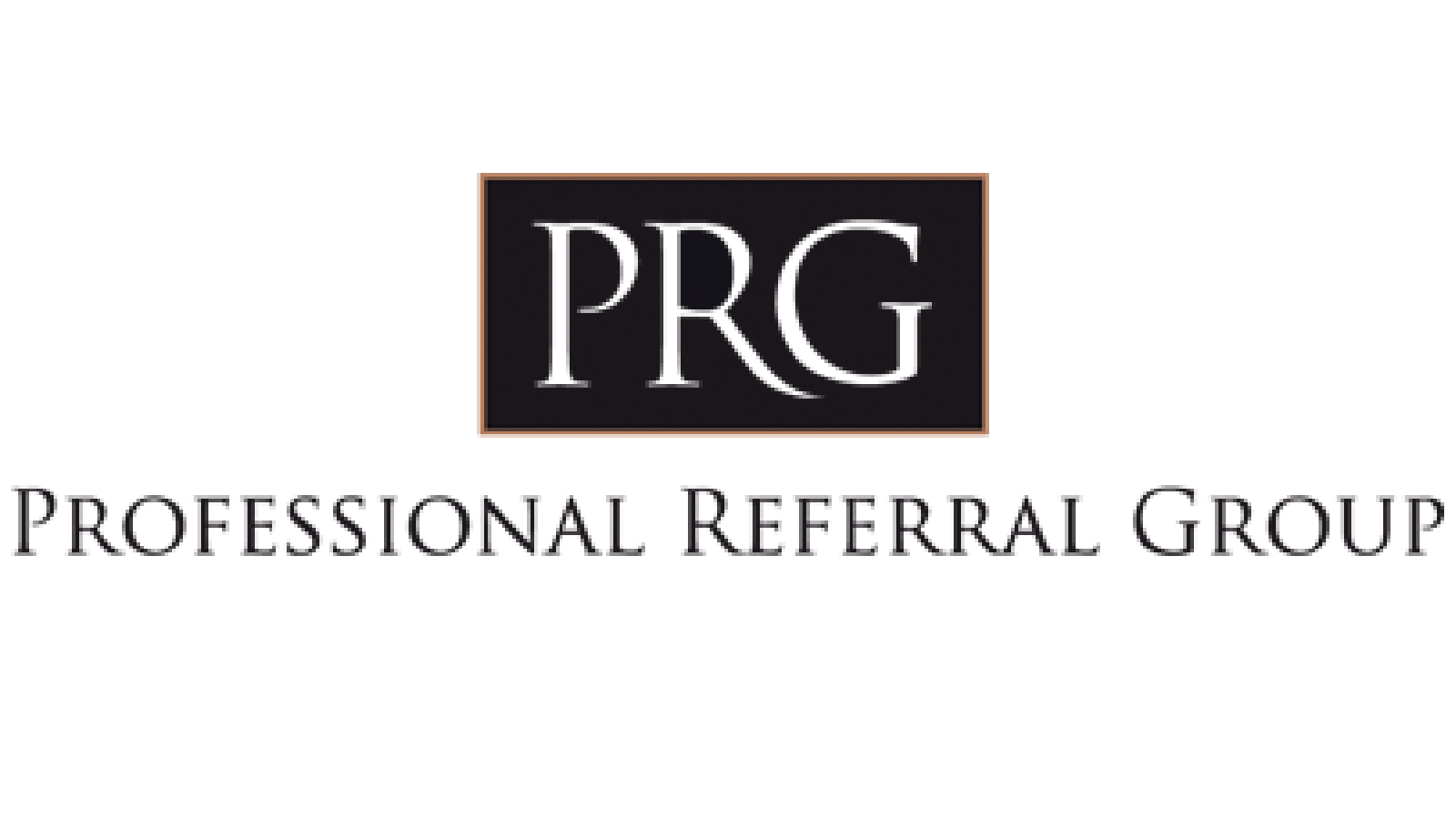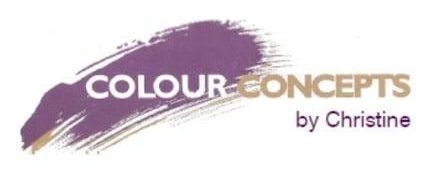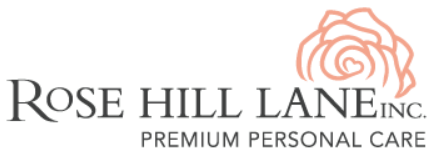What is Automatic Investing?
While data shows that younger generations are challenging old adages related to personal finance, there are a few that continue to make sense to all ages and demographics, no matter how they feel about money.
Paying yourself first is a great example, and a great way to put money toward the goals that are most important to you. Investing a set amount on a regular basis provides the opportunity to buy investments at various prices in both up & down markets, thus averaging out the cost of your investments, or dollar-cost averaging as it is often called.
Benefits
Investing a set amount on a regular basis is easier to plan for than making lump-sum contributions. It is often easier to pay yourself $200 the same day you pay your rent, than it is to invest your full TFSA or RRSP room in a single deposit. As you are investing on a regular basis, your money is invested sooner allowing it to grow even faster.
Maximize free money
Check with your employer to see if they offer an employer sponsored program, whereby they offer to match a certain percentage of your contributions up to a maximum. Often, you can set to invest a certain amount directly from your pay. For example, if your employer matches 50% of your contributions up to $3,000 a year, consider investing $120 with every paycheque to take advantage of this employer sponsored plan. By investing $120 bi-weekly you will have saved $3,120 over the course of the year and with the additional $1,500 from your employer in this example, you will have saved $4,620.
Depending on what you are saving for, there could be government programs that match contributions such as Registered Education Savings Plans (RESPs) to save towards a child’s education. With RESPs, the government matches 20% of contributions each year up to $2,500 per child. In British Columbia, for example, the government offers the BC Training and Education Grant for children between ages 6 and 9, which is a one-time grant of $1,200. Other government programs also offer government matching such as a Registered Disability Savings Plan (RDSP) where the Government of Canada offers a maximum yearly grant of $3,500 with a lifetime limit of $70,000.
Set-up Automatic Dividend Re-investing
A dividend is a payment from the earnings of the company stock back to shareholders. If you already own stocks that generate a dividend, you could set-up to re-invest that dividend payment back into purchasing additional units of the stock. This is another great way to take advantage of dollar-cost averaging, where you will purchase additional units of the stock in both up and down markets.
How to get started
Getting started with Automatic Savings, grant matching or the Dividend Re-investing is as easy as talking with your Edward Jones financial advisor who will provide advice and expertise to help you establish your goals, and save toward them, in the most effective way.
This article was written by Edward Jones for use by your local Edward Jones Financial Advisor, Nicolle Lalonde.
 Back to myNiagaraOnline
Back to myNiagaraOnline
































